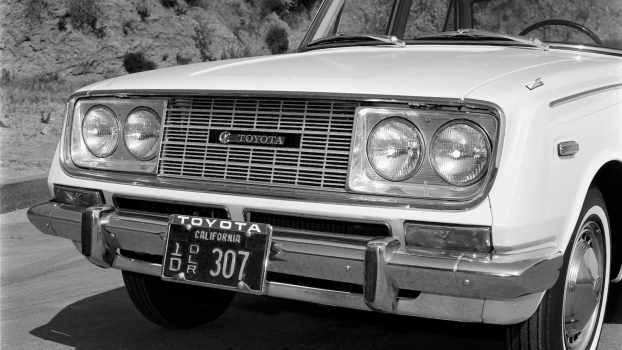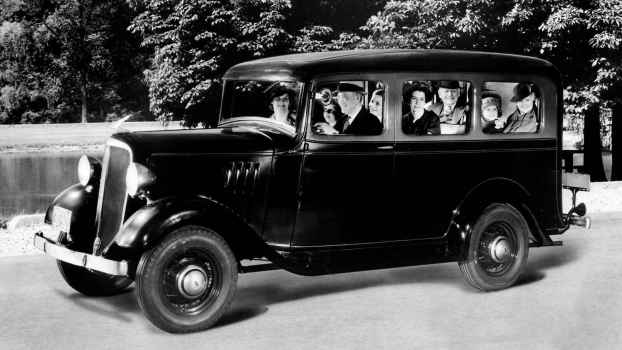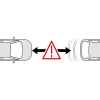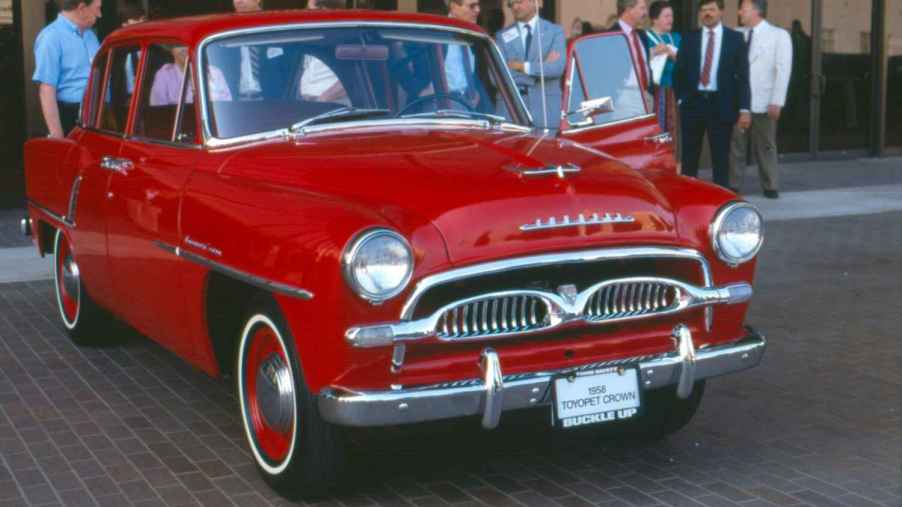
Toyota Originally Started With – You Guessed It! – Fabric Weaving
In the pantheon of automotive brands, Toyota stands out as a pure colossus. Today, the OEM is the largest car manufacturer in the world. From pioneering hybrid vehicles with the Prius to revolutionizing manufacturing with the Toyota Production System, which our staff writer Henry Cesari recently covered, the company has consistently set the standard for the automotive industry. In 2023, Toyota moved 10.8 million vehicles – a year-over-year boost of 4.6%. In what may come as a surprise to some, Toyota’s origins are rooted not in cars but in humble fabric weaving.
Sakichi Toyoda decided hand looms (obviously) needed optimizing
Born in 1867 in modern-day Kosai City, Japan, Sakichi Toyoda experienced early life in poverty. After working for some time as an assistant to his father, who was a carpenter, Sakichi was determined to escape poverty while serving others. He realized that holding patents might be the best ticket out. Sakichi would dedicate his life to perfecting inventions that served the greater good.
In his exploration of industries that could use improvement, Sakichi realized that hand looms – the simple textile machines he grew up watching in his hometown – made weaving slow, cumbersome, and often imperfect.
Years passed, wherein Sakachi designed versions of partially manual looms and operated the looms in various self-established textile mills. With the help of investors, partners, and mentors along the way, by running his own mills, Sakachi was able to test and perfect his patents, all while funding his work.
Eventually, the inventor developed Japan’s first automated loom. Again, a new mill was established with a partner to operate the automated looms within the active textile industry. In the early 1900s, Sakachi visited the U.S. and found many inefficiencies in manufacturing practices. Upon his return, he left his partnership mill and created the independent Toyoda Automatic Weaving Mill to continue testing and working his looms.
Later, in 1926, Toyoda Automatic Loom Works, Ltd. was officially registered. Various male family members help run the company. Sakachi died in 1930. By 1935, his company grew to eight separate entities including more than 13,000 employees. It would eventually be renamed Toyota Industries Corporation.
Toyoda Automatic Loom Works creates Toyota Motor Corporation
In 1933, the company formed an automotive department. In 1935, the first Toyota prototype, the Model A1, rolled off the production line. It was quickly followed by the G1 truck. However, it wasn’t until after World War II that Toyota truly began to make its mark on the global stage.
In 1937, Kiichiro Toyoda took the helm of his father’s textile machinery company. Inspired by the blooming automotive industry in the West, Toyoda set his sights on building highly adoptable cars. The automotive department was converted into Toyota Motor Company the same year Kiichiro took over.
Toyota whiffs with the Toyopet Crown but lands with the Toyota Corolla
While several Toyota cars were introduced pre-war, the post-war era brought with it a wave of innovation and industrial growth in Japan. In 1958, Toyota made its first foray into the American market with the introduction of the Toyopet Crown, albeit with limited success.
In 1966, the launch of the Corolla marked a turning point for the company. Compact, reliable, and fuel-efficient, the Corolla resonated with consumers around the world, cementing Toyota’s reputation for engineering excellence. In my opinion, the Corolla remains one of the most reliable cars in vehicle history.
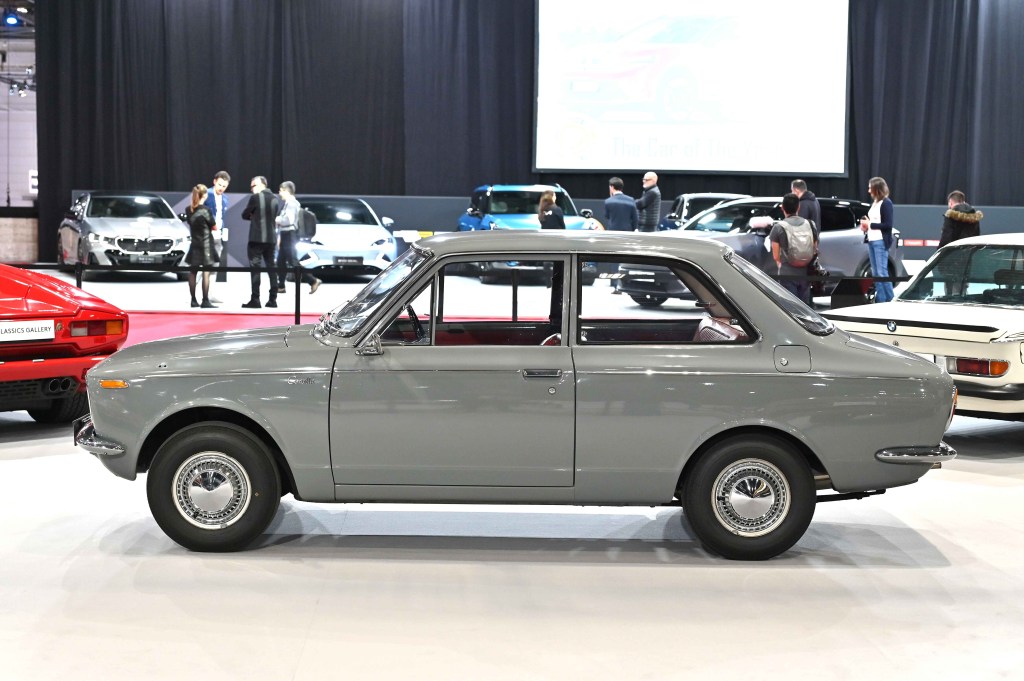
Today, Toyota continues to dominate despite big movement from EV-driven competitors like BYD. Toyota revealed a cheaper Land Cruiser this year and just debuted the redesigned 6th generation 2025 4Runner. The 4Runner went 15 years without an update, a testament to the old “if it ain’t broke” adage. This gen will have a hybrid engine option alongside the Tacoma pickup.
While Toyota has yet to release full EV versions of its high-sales lineup outside of the lesser-known bZ4X, we’re seeing other U.S. market OEMs backing away from electric a bit and leaning into hybrid options until EV infrastructure and accessibility improve. We’ll have to see how long Toyota can hold its top spot, which will be highly dependent on global market shifts.
Source: Toyota Industries Corporation
